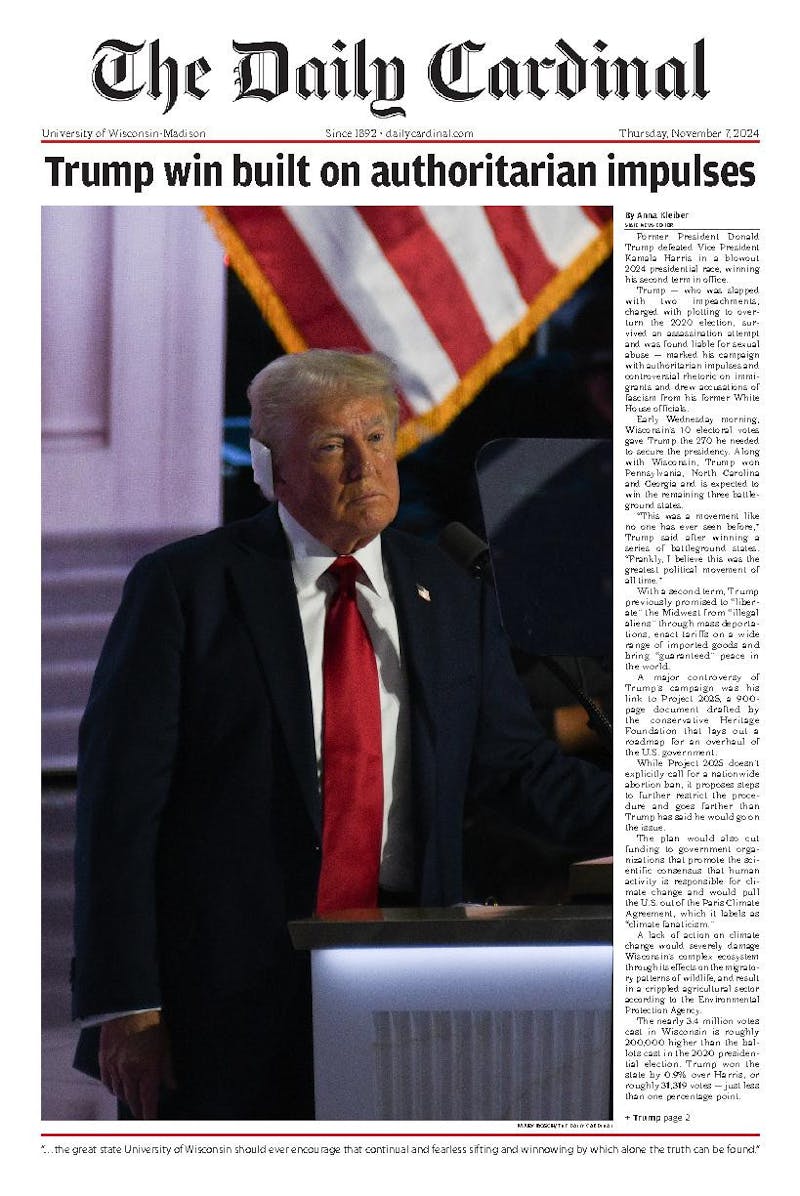In \Maria Full of Grace,"" a 17-year-old Colombian girl (Catalino Sandino Moreno) carries 60-odd pellets of cocaine to America in her stomach alongside the fetus of her newly-conceived child. This debut feature film by Joshua Marsten explores the effects on the supply side of the drug trade through the simple story of a mule, Maria Alvarez.
Maria lives in the rural outskirts of Bogota and de-thorns roses under a slave-driving greenhouse supervisor. Maria, frustrated that her small pay goes to support her mother, sister and niece, quits her demeaning, low-paying job. Soon after, she finds that she is pregnant and will have one more mouth to feed. On the road to Bogota and under pressure to find employment, she meets an acquaintance who tells her he can get her an easy, high-paying job that involves travel-a job as a drug mule.
Marsten's no-frills direction lets the story speak for itself with remarkable results. This is a very simple, character-driven film featuring Maria as the primary force. Maria feels trapped by her role as provider for her family, and she refuses to marry the father of her unborn child fearing her life will become further constraining. She chooses to become a drug mule not because she is immoral, but because she wants to travel and experience an independence that her pay from the greenhouse could not provide. She is a kid making a decision on a whim. Whereas in America there is always room to rise, she realizes that working long days all week is still not sufficient for her to make any headway in life.
Marsten makes a film that is slow paced and filled with long takes, sucking the viewer into what happens onscreen by creating incredible, engaging scenes of suspense. During moments of tension he slows the action down and shows every detail of the scene, creating the illusion that the action is happening in real time. When Maria enters a drugstore and proceeds into a secret room to swallow the pellets, we see in detail the routine of a man cutting off the fingers of latex gloves, stuffing coke into the latex, compressing the pellet, and preparing the bowl of soup that the pellets will be dipped in to be swallowed more easily. Maria's nervous glances at the increasing pile of drugs she will have to transport are detailed and distinct. When Maria and three other drug mules are on a plane to New York, the camera dwells on the sweaty foreheads of Maria and her friend Lucy, Maria's left hand training the overhead air vent to blow directly on her face, and every subtle glance between the four women. These scenes of suspense are drawn out to the point of excruciating tension, the viewer is left waiting for the big event he knows will happen next.
This film is unlike Hollywood films about the drug trade, which are usually concerned with the lives of upper-class white Americans whose lives are ruined by coke. ""Maria Full of Grace"" shows the drug trade at its roots, narrating the lives of people whose society in every aspect is permeated by drug culture and drug-related violence.
However, this film threatens to edge over into a tourist vision of Colombia and America. When Maria arrives in New York, there is the obligatory scene of her looking out a bus window at the New York City skyline, forehead to the pane of glass. Like every film set in South America, this one has a festival scene of street kids setting off fireworks. However, Marsten does not hesitate to show scenes of poverty and sadness in both Colombia and the United States, avoiding an idealistic view of either. These idealistic scenes may even serve to enhance the gritty reality of the rest of the film.





